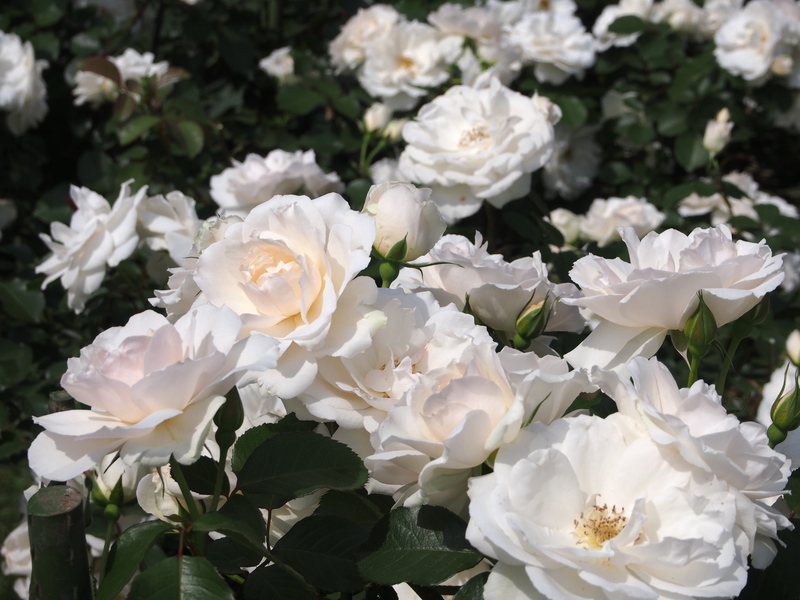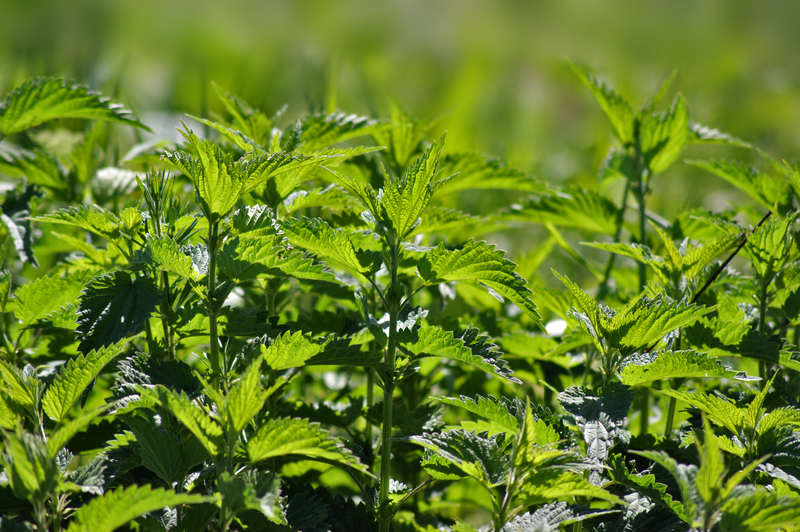Rake Less, Mulch More
Posted on 27/02/2025
Gardening offers a plethora of benefits ranging from aesthetic appeal to mental wellness. However, not all gardening practices are created equal, especially when it comes to sustainability. One key practice gaining popularity among eco-conscious gardeners is the concept of "Rake Less, Mulch More." This approach not only saves time but also improves soil health and promotes biodiversity. Let's dive into the various aspects of why you should consider raking less and mulching more.
Understanding the Concept
Raking is a traditional gardening practice meant to keep lawns neat by removing fallen leaves, debris, and thatch. While this can give the lawn a manicured look, it often does more harm than good. On the other hand, mulching involves covering the soil with organic or inorganic materials. Contrary to raking, mulching offers a myriad of ecological benefits, providing essential nutrients back to the soil and conserving moisture.

The Downside of Frequent Raking
Frequent raking can disturb the soil structure and microbial communities that live within the soil. These microorganisms are crucial for breaking down organic material and recycling nutrients. Additionally, raking removes the natural protective layer of leaves and organic matter that serves as habitat for various species, disrupting local ecosystems. More importantly, it exposes the soil to erosion, making it more susceptible to weather conditions.
The Benefits of Mulching
Soil Health and Fertility
One of the most prominent advantages of mulching is soil improvement. Organic mulches decompose over time, adding vital nutrients and organic matter to the soil. This improves soil structure, fertility, and aeration, leading to healthier plant growth.
Water Conservation
Mulching serves as an effective water conservation technique. By covering the soil, mulches reduce evaporation, keeping the soil moist for longer periods. This is particularly beneficial during the dry season, reducing the need for frequent watering and conserving a valuable resource.
Weed Control
Weeds compete with garden plants for water, nutrients, and sunlight. Mulching creates a physical barrier that inhibits weed growth, reducing the need for chemical herbicides. This natural weed control mechanism is both cost-effective and environmentally friendly.
Erosion Prevention
Mulch serves as a protective layer that minimizes soil erosion caused by rain, wind, and other environmental factors. It keeps the soil intact, thereby preserving its fertility and promoting a stable gardening environment.
Types of Mulches
There are various types of mulches to consider, each with its own set of advantages and disadvantages.
Organic Mulches
Organic mulches are made from natural materials such as straw, grass clippings, leaves, and wood chips. These types of mulches decompose over time, adding nutrients to the soil. They are generally preferred for vegetable and flower gardens.
Inorganic Mulches
Inorganic mulches include materials like plastic sheeting, gravel, and rubber. These do not decompose and provide long-term weed control and moisture retention. They are often used in landscaping applications where aesthetic appeal and low maintenance are primary considerations.
How to Mulch Effectively
Effective mulching involves several key steps to ensure you get the most out of this practice.
Choose the Right Material
Select a mulch type that suits your garden's needs. For vegetable gardens, organic mulches are generally more suitable, while inorganic mulches can be used for ornamental beds and pathways.
Prepare the Soil
Before applying mulch, make sure the soil is well-prepared. Remove any existing weeds and water the soil. This creates a favorable environment for the plants and ensures that the mulch works effectively.
Apply Correctly
Spread a layer of mulch approximately 2-4 inches thick. Too thin a layer won't be effective in suppressing weeds or retaining moisture, while too thick a layer can suffocate plant roots. Ensure the mulch is spread evenly and avoid piling it up against the plant stems, as this can cause rot.
Seasonal Considerations
Mulching is not just a summer activity; it can be beneficial throughout the year. During the fall, leaves can be left to decompose naturally, providing a rich source of organic matter. In winter, mulch acts as an insulating layer, protecting plant roots from freezing temperatures. As spring arrives, reapply mulch to prepare for the growing season.
The Environmental Impact
Raking less and mulching more also benefits the environment. Reduced raking means fewer yard waste bags ending up in landfills. When you mulch with organic materials like leaves or grass clippings, you recycle nutrients back into your garden, reducing the need for chemical fertilizers. Furthermore, mulched gardens require less water, reducing your overall water footprint.

Common Misconceptions
There are several misconceptions about mulching that often deter gardeners from adopting this practice.
Mulch Attracts Pests
While it's true that some mulches can attract pests, this issue can be managed by choosing the right type of mulch and monitoring your garden regularly. For instance, avoid using mulch types that are known to attract slugs or termites.
Mulching is Time-Consuming
Although the initial setup can take time, mulching saves you effort in the long run by reducing the need for watering, weeding, and fertilizing.
Conclusion
The "Rake Less, Mulch More" approach aligns perfectly with sustainable gardening principles. Mulching offers numerous benefits, from enhancing soil health to conserving water and reducing weed growth. By understanding the different types of mulches and how to apply them effectively, you can create a more sustainable, low-maintenance garden that benefits both you and the environment.
By adopting these practices, you contribute to a healthier ecosystem. So the next time you reach for that rake, think twice and consider mulching instead. Your garden--and the planet--will thank you.



